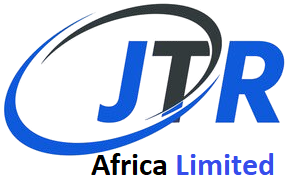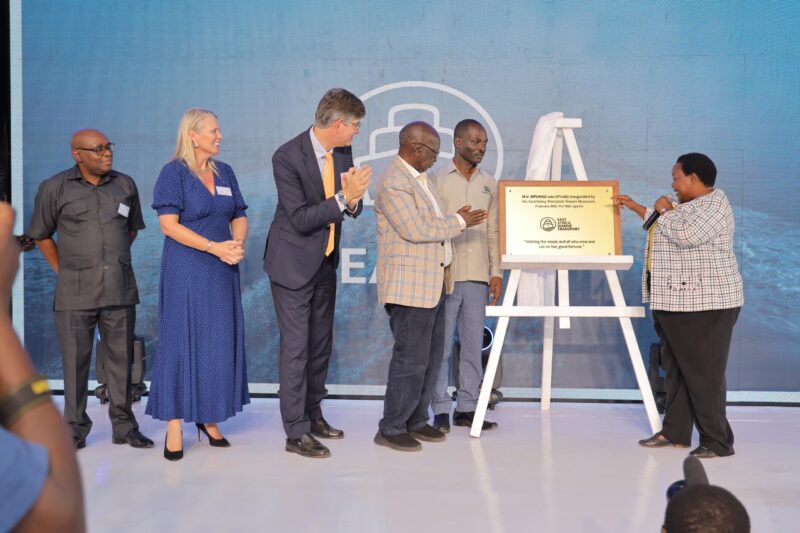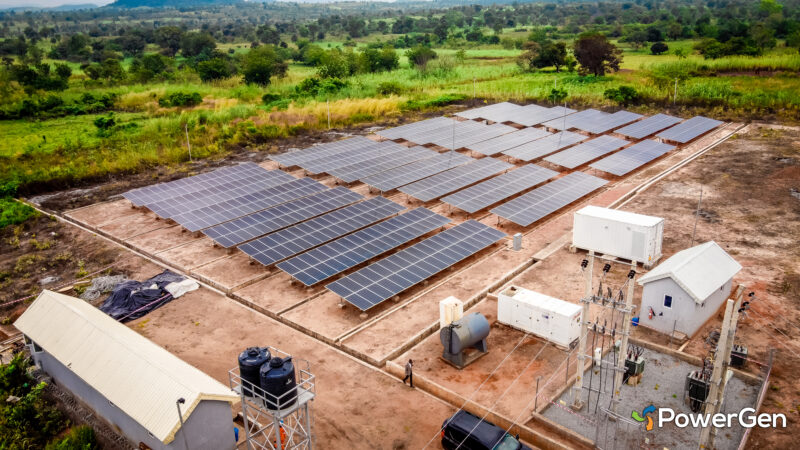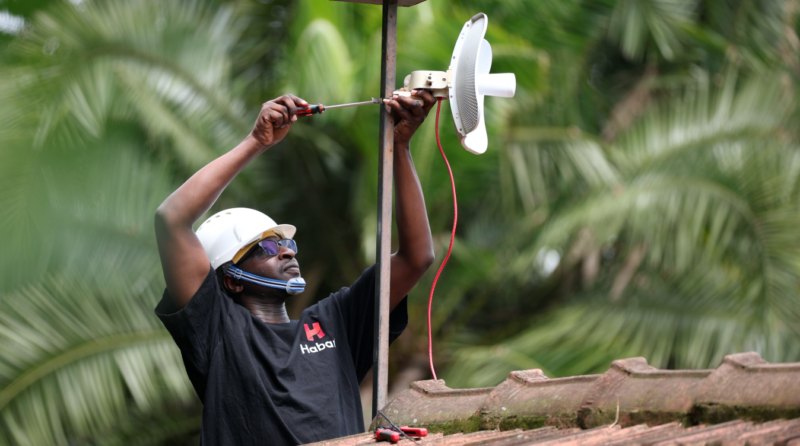OECD: Private finance mobilised by official development finance interventions
1st Feb 2023
OECD (2023), Private finance mobilised by official development finance
interventions, Development Co-operation Directorate was published in January 2023 by OECD Publishing, Paris. The full report can be found here.
Private finance mobilised by official development finance interventions: Opportunities and challenges to increase its contribution towards the SDGs in developing countries.
Abstract
This report takes stock of progress made by development co-operation providers – both bilateral and
multilateral – to mobilise private finance in support of sustainable development. It also highlights the
contribution of mobilised private finance to narrowing the sustainable development goals (SDGs) and
climate financing gaps. Finally, based on a survey conducted in 2022, the report presents qualitative
insights on the providers’ portfolios, with a focus on their use of leveraging mechanisms, as well as on the main incentives and obstacles they encounter to scale up private finance for sustainable development and climate action.
Executive summary
Key findings
Over 2012-20, almost USD 300 billion was mobilised from the private sector by official development
finance interventions, mostly through direct investment in companies and special purpose vehicles (SPVs) as well as guarantees. Over this period, mobilised private finance followed an upward trend, despite a slowdown in recent years, and reached USD 51.3 billion in 20201
• In 2018-20, 34% of mobilised private finance targeted projects in Africa (USD 16.5 billion per
year), while Asia was the second largest beneficiary region. The main beneficiary countries were
Mozambique and India (USD 3.4 billion and USD 3.3 billion, respectively, per year on average).
• Overall, mobilised private finance focused on developing countries with lower-risk profiles, i.e.
mostly middle-income countries (MICs, 87%), and on economic infrastructure and services (82%).
Only 12% of mobilised private finance during this period benefitted projects in low-income
countries (LICs) and 7% was in support of social infrastructure and services.
• Multilateral development banks remain crucial players, having mobilised 69% of the total in
2018-20. Still, bilateral providers – driven by the United States, France and the United Kingdom –
played an important role, too; in particular, through their development finance institutions (DFIs).
• The data further indicate that mobilised private finance particularly contributed to the
implementation of SDG 8 (decent work and economic growth), SDG 10 (reduced inequalities),
SDG 13 (climate action) and SDG 9 (industry, innovation and infrastructure).
• Some 32% of the total mobilised private finance in 2018-20 contributed to climate mitigation and/or adaptation. Most of it went to mitigation. However, private finance mobilisation for adaptation rose from USD 1.9 billion in 2018 to USD 4.4 billion in 2020 (mostly driven by a large energy project in Mozambique).
Based on a 2022 survey on providers’ portfolios towards private mobilisation, the report further shows that:
• Private finance mobilisation for development, as well as for climate action, is a strategic
objective for most respondent institutions. However, only 18% of the financial instruments in the
portfolios of providers (19% and 17% for bilateral and multilateral providers, respectively) had
private finance mobilisation as a main objective.
• Nonetheless, the survey confirmed the key role of guarantees, syndicated loans and project
finance in mobilising private finance, including for climate action. It also showed that several
providers have strengthened their use of leveraging mechanisms by experimenting new approaches to mobilise private finance (e.g. through new bond or guarantee programmes, capitalisation of blended finance funds and facilities).
• In terms of partnerships foreseen, most respondent institutions mentioned their intention to scale
up private mobilisation through increased collaboration with bilateral DFIs and anticipate more
mobilisation through blended finance funds and facilities.
With the SDG financing gap estimated at USD 3.9 trillion in 2021 (OECD, 2022[2]), the amounts of
mobilised private finance appear modest and below expectations. According to providers and private
actors, this is largely due to the challenges they meet when co-investing in developing countries:
• high risk perceived,
• low level of returns on investment portfolios,
• lack of project pipelines and bankable/sizeable investment opportunities in rather thin markets,
and
• lack of financial innovation in institutions’ portfolios.
The risk perceived by private investors is particularly high in countries and sectors most in need, in
terms of projects’ commercial viability and return profile, even for projects with impact goals, hence the
small share of private finance mobilised in those contexts. Similarly, the low levels of financial returns, the very small size of investment opportunities and, more generally, the lack of incentives for private actors to invest in climate adaptation explains that it accounts for only 4% of providers’ total mobilised private finance.
The survey further shed light on the concrete actions providers are considering in order to mobilise more
private finance, such as:
• making greater use of guarantees and other innovative mechanisms, or funding new blended
finance vehicles or programmes specifically set up to mobilise private investments, and
• undertaking more profound model changes (new mandate and/or business model).
Finally, the survey showed that most providers track the development outcomes and impact of their
interventions, including for climate using specific indicators. In terms of alignment with existing sets of
harmonised impact indicators, the most frequently cited were the Harmonized Indicator for Private Sector Operations (HIPSO) and IRIS+, with around one-third of the respondents explicitly referring to them.
Key recommendations
• In order to scale up mobilised private finance, providers should urgently make greater use of
mobilisation instruments and blended finance solutions more generally. Multilateral banks
should step up efforts to mitigate the risks for private investors, bundle projects to attract private
investment and mobilise at scale and green their portfolios for climate action.
• The international community should in parallel continue measuring progress towards the
mobilisation of private finance, in particular under SDG target “17.3. – Mobilize additional financial
resources for developing countries from multiple sources”.
• Lastly, to monitor progress towards the implementation of the SDGs in developing countries,
including the more indirect (catalytic) effect of their interventions, providers must further align their
methods for assessing the outcomes and impacts of their initiatives.
The full report is available here: https://www.oecd.org/dac/2023-private-finance-odfi.pdf





